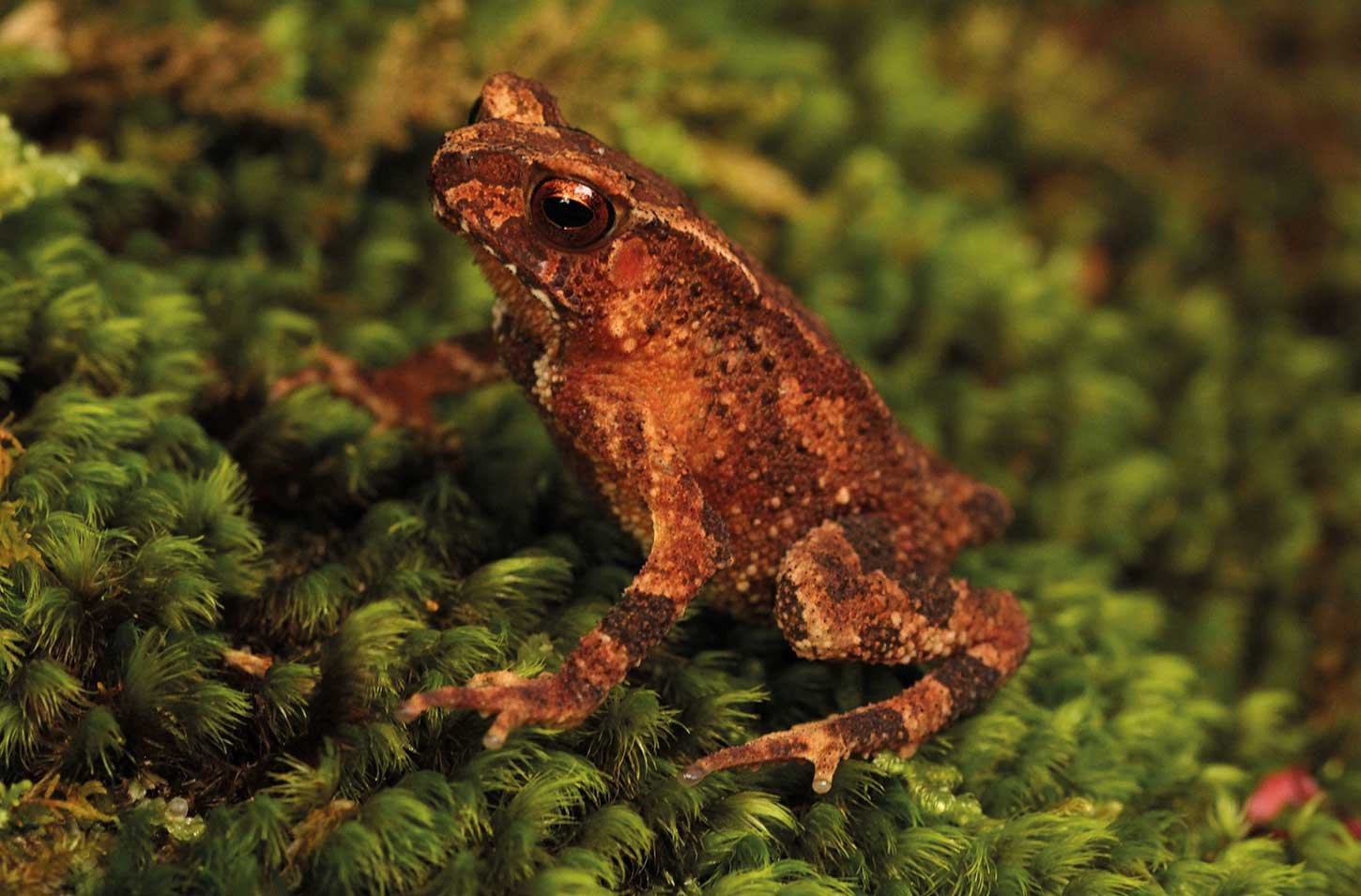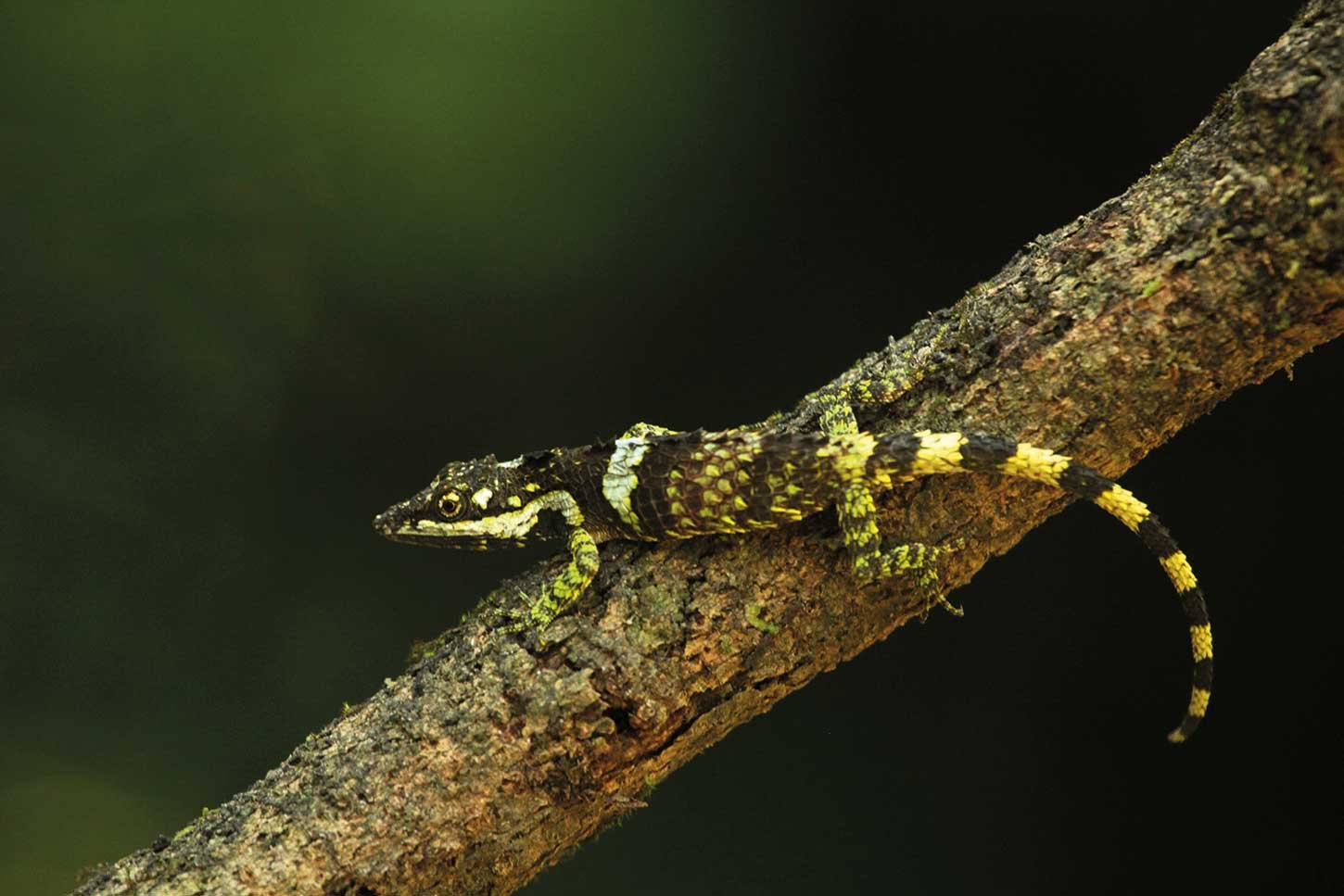Naalin Perera cites the systemic challenges hindering the successful preservation of threatened species
Q: How effective are Sri Lanka’s current threatened species protection and recovery programmes?
A: If any plant or animal species faces the risk of extinction in the near future, it can be classified as a threatened species. These risks are always anthropogenic or linked to human activities.
Species are intricately tied to their habitats, which can range from environments such as wet rock surfaces for Sri Lanka rock frogs to the open ocean where blue whales roam.
“There are many people, even those who are highly educated, who are in favour of the conservation of ‘charismatic species’ such as elephants”
Preserving species necessitates safeguarding their habitats, which is a concept known as ‘in-situ conservation.’ In limited circumstances, we resort to ‘ex-situ conservation’ where we can protect species outside their natural habitats such as in zoos and aquariums.
Some 35 percent of the land area in Sri Lanka is protected by the Forest Department Sri Lanka and Department of Wildlife Conservation as protected areas (PAs), which is a good sign on a global scale.
However, extensive segments of these PAs are in the dry zone. This focus may not effectively address the conservation needs of threatened species predominantly found in diverse wet zone forests and other ecosystems.

Senior Programme Officer (Biodiversity)
IUCN Sri Lanka
Q: What are the main challenges hindering the successful protection and recovery of threatened species in Sri Lanka?
A: Endemic poverty poses a formidable barrier. Prioritising species protection becomes challenging when socioeconomic concerns demand immediate attention.
There’s also a shortfall in international support for conservation efforts, limiting the resources available for comprehensive protection strategies.
Q: Is there enough public awareness and support for the recovery of threatened conservation efforts in Sri Lanka?
A: There is a diverse array of individuals who understand the value of biodiversity and environment conservation despite their ethnic, religious and social backgrounds.
Government agencies, nongovernmental and cooperate sectors, and the media have played remarkable roles in raising environmental consciousness in society.
However, there remains a lacuna in people’s knowledge about threatened species conservation. There are many people, even those who are highly educated, who are in favour of the conservation of ‘charismatic species’ such as elephants, sloth bears and leopards.
Even most of our national conservation resources are disproportionately allocated to the conservation of such species. But there are hundreds of other species that also need to be protected.
For example, we have 51 known species of freshwater crabs, out of which 50 are endemic, and most of these are threatened or restricted to a narrow range. Have you ever heard of people concerned about protecting the threatened freshwater crabs of Sri Lanka?


